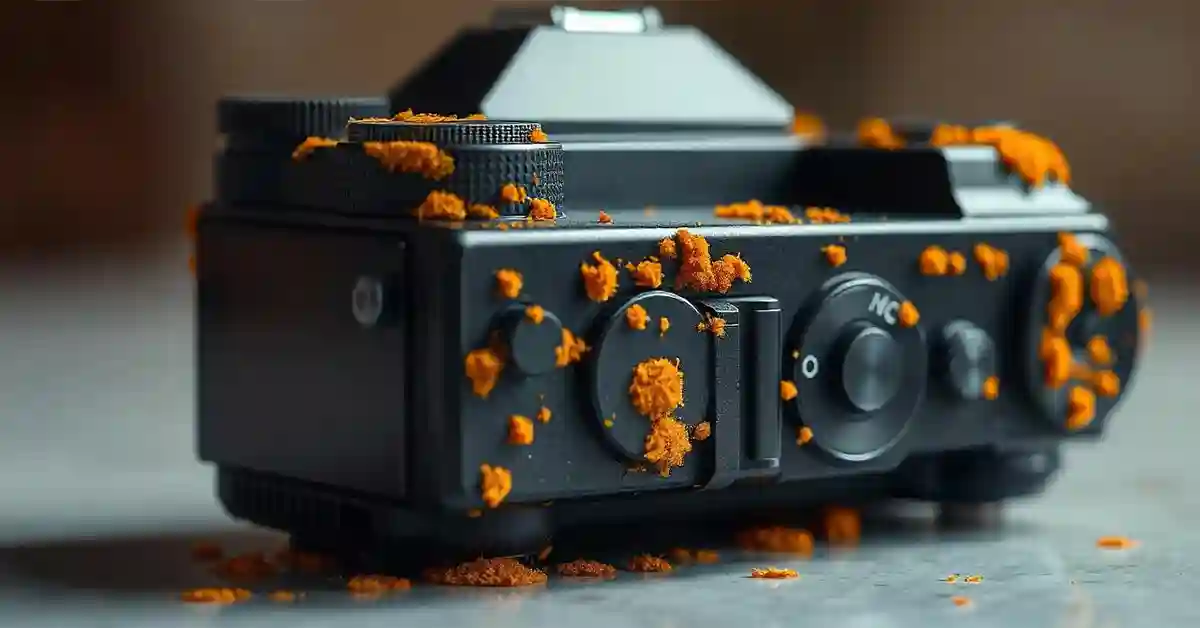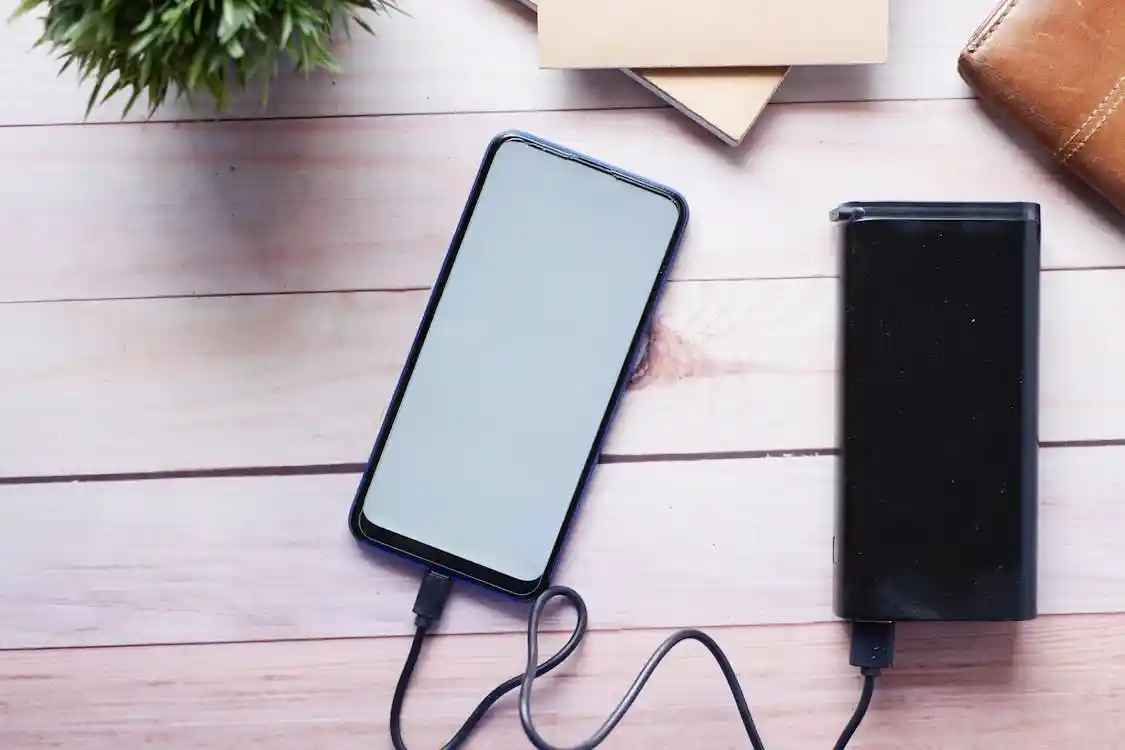When you’re out capturing the world through your lens, the last thing you want to think about is mold. But for photographers and tech enthusiasts alike, orange mold on camera body can pose an unexpected challenge. Mold doesn’t just ruin the aesthetics of your gear; it can also affect performance and potentially harm your health.
Have you noticed an unusual orange tint on your camera? Could it be orange mold on camera body, and what should you do about it? In this article, we’ll explore what orange mold is, why it might appear on camera equipment, and how it can impact your photography experience.
Understanding the causes and consequences of orange mold is essential for maintaining your gear in top condition. By learning how to prevent and tackle this issue, you can protect your precious equipment and continue shooting without worry. Read on to uncover the facts and find solutions to keep your camera mold-free.
What is Orange Mold?
Orange mold is a type of fungus that can grow on various surfaces, including camera bodies. It thrives in damp and humid conditions, which makes it important for photographers to store their gear properly. Mold spores are present in the air, and they can settle on your camera, especially if it’s stored in a moist environment.
These spores can lead to a visible orange growth, which can be unsightly and potentially damaging. Orange mold is not just an aesthetic issue; it can also affect the operation of your camera by clogging buttons and affecting the electronic components. Knowing what orange mold is and how it forms is the first step in protecting your camera equipment.
How Does Mold Affect Your Camera?
Orange mold can cause significant problems for your camera if not addressed promptly. The mold may infiltrate hard-to-reach areas, such as inside the lens or battery compartment, leading to functional issues. It can also spread to other equipment stored nearby, compromising multiple devices.
Mold can lead to costly repairs or even render your equipment unusable. Additionally, depending on the severity of the infestation, mold can create a health risk for individuals with allergies or respiratory issues. Understanding these impacts can emphasize the importance of regular maintenance and inspection of your camera gear.
Identifying Orange Mold on Camera Body
Spotting orange mold early is crucial for stopping its spread. Look for small, orange spots or patches on the surface of your camera. These spots may appear fuzzy and can range in size from tiny dots to larger patches. Mold often starts in crevices or corners where moisture can accumulate.
Regularly inspecting your camera body and lenses allows you to detect any signs of mold before it becomes a bigger problem. If you suspect mold, act quickly to remove it and prevent further growth. Knowing how to identify mold will empower you to take swift action.
Why is Mold Common in Humid Climates?
Humidity is a key factor in mold development. In areas with high humidity, such as coastal regions, mold can be more prevalent. Moist air provides the perfect breeding ground for mold spores to thrive and multiply.
Photographers living or working in these climates need to be extra vigilant about mold prevention, including using dehumidifiers or silica gel packs to control moisture levels. Understanding the relationship between humidity and mold growth can help you take appropriate steps to protect your camera gear.
Tips for Preventing Mold Growth
Prevention is always better than cure. Here are some practical tips to prevent orange mold from growing on your camera:
- Store your camera in a dry environment: Use a dehumidifier or silica gel packs to absorb moisture.
- Clean your equipment regularly: Wipe down your camera and lenses to remove any potential mold spores.
- Avoid leaving your gear in damp places: Keep your camera away from bathrooms, kitchens, or any other areas prone to moisture.
Taking these proactive measures can significantly reduce the risk of mold contamination.
Cleaning Orange Mold from Camera Equipment
If you discover orange mold on your camera, don’t panic. You can clean it off by following these steps:
- Use a soft, dry cloth: Gently wipe the affected area to remove visible mold.
- Apply a mild cleaner: Use a camera-safe cleaning solution to disinfect the area.
- Ensure thorough drying: Make sure your camera is completely dry before storing it again.
Addressing mold promptly can prevent further damage and ensure your camera functions correctly.
Products to Combat Mold
Investing in products specifically designed to combat mold can be beneficial. Anti-mold sprays and silica gel packets are readily available and can help keep your equipment mold-free. Consider using these products as part of your regular maintenance routine.
Additionally, protective cases that offer moisture control can safeguard your gear from humid environments. Choosing the right products ensures that your camera remains in optimal condition.
How to Store Camera Equipment Safely
Proper storage is essential to prevent mold growth. Here are some tips for storing your camera gear:
- Use airtight containers or cases: Keep your equipment sealed to avoid exposure to moisture.
- Include moisture absorbers: Silica gel packets or other desiccants can help control humidity.
- Regular inspection: Check your gear periodically for signs of mold or moisture.
Implementing these storage practices can prolong the life of your camera equipment.
The Health Risks of Mold Exposure
Mold exposure can cause health issues, particularly for individuals with allergies or respiratory conditions. Orange mold releases spores into the air, which can be inhaled. This may result in symptoms like sneezing, coughing, and irritation of the eyes or throat.
Being aware of these health risks highlights the importance of addressing mold issues promptly. Keeping your gear mold-free not only protects your equipment but also safeguards your health.
Maintaining Camera Performance
Regular maintenance is key to ensuring your camera continues to perform at its best. By keeping your equipment clean and free from mold, you can avoid technical issues and maintain the quality of your photography.
Schedule routine checks of your equipment to identify any potential problems early. Consistent maintenance efforts can result in fewer repairs and a longer lifespan for your camera.
FAQs With Answers
How can I prevent orange mold from forming on my camera?
Keep your camera dry by storing it in a cool, dry place, using moisture absorbers like silica gel packets, and regularly cleaning your gear.
What should I do if I find mold on my camera body or lens?
Gently clean the affected area with a soft, dry cloth and a mild cleaner, ensuring the camera is thoroughly dried afterward to prevent future mold growth.
Can orange mold damage my camera?
Yes, mold can infiltrate your camera’s components, leading to functional issues and possible damage if not addressed promptly.
Are anti-mold sprays safe to use on camera equipment?
Choose sprays specifically designed for electronics and camera equipment, and follow instructions carefully to avoid damage.
Can orange mold on camera body impact my health?
Inhaling mold spores can cause respiratory symptoms, particularly for those with allergies; addressing mold promptly is important for health and safety.
Conclusion
Orange mold on camera body is a concern for photographers and tech enthusiasts who want to keep their gear in top shape. By understanding the risks associated with mold and implementing preventative measures, you can protect your valuable equipment from damage.
Regular cleaning, proper storage, and vigilance in humid climates are key strategies in combating mold. Addressing the issue promptly ensures that your camera continues to deliver high-quality performance, allowing you to focus on capturing the world around you.
For those seeking further guidance, consider consulting camera maintenance experts or using specialized products to maintain your equipment in pristine condition. By taking action now, you can prolong the life of your gear and enjoy a seamless photography experience.










